As the only way to change tracks, turnouts are often the focus of maintenance strategies. Naturally, the failure of a turnout always affects several routes, which can lead to widespread operational disruptions across an entire network. Efficient, high-quality solutions for turnout maintenance are of fundamental importance for scheduled and safe operation.
With the Flexis system, Vossloh offers a complete solution for turnout maintenance. Handheld and track-guided, the machines are on track within minutes and cover all processing stages – from initial grinding of new installations to preventive, acoustic, and maintenance grinding, all the way to corrective repair measures. In addition, the Flexis teams can take on special tasks, such as double junctions, rail extensions, level crossings or short track sections with individual faults, such as slip zones, squats, etc., which large machines cannot perform due to their design or whose use is too costly.
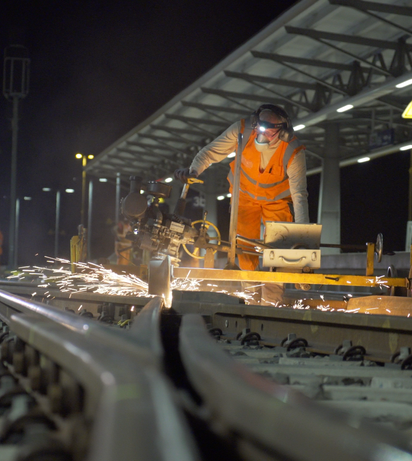
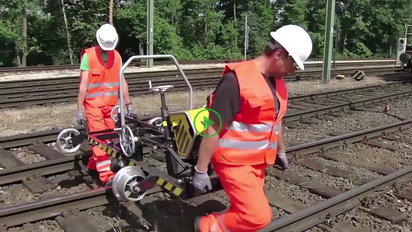
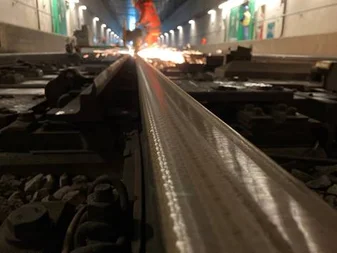

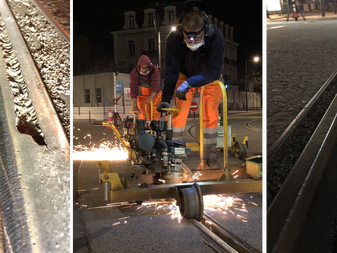
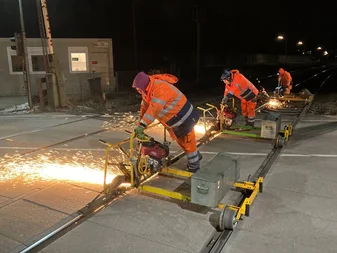
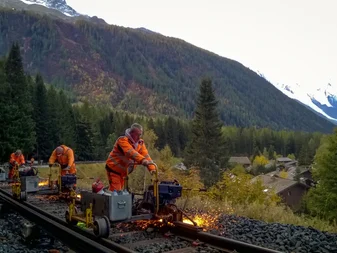

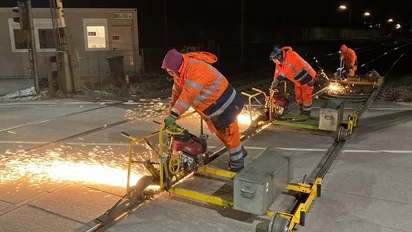



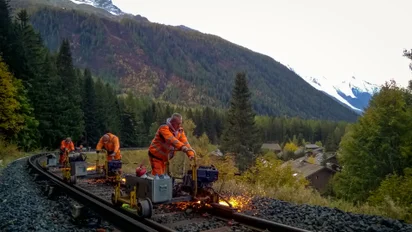
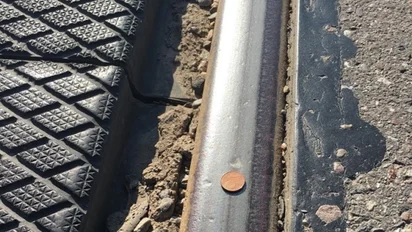
.jpg?format=webp&quality=85&crop=956.4,956,x372.1,y229.9&width=60)